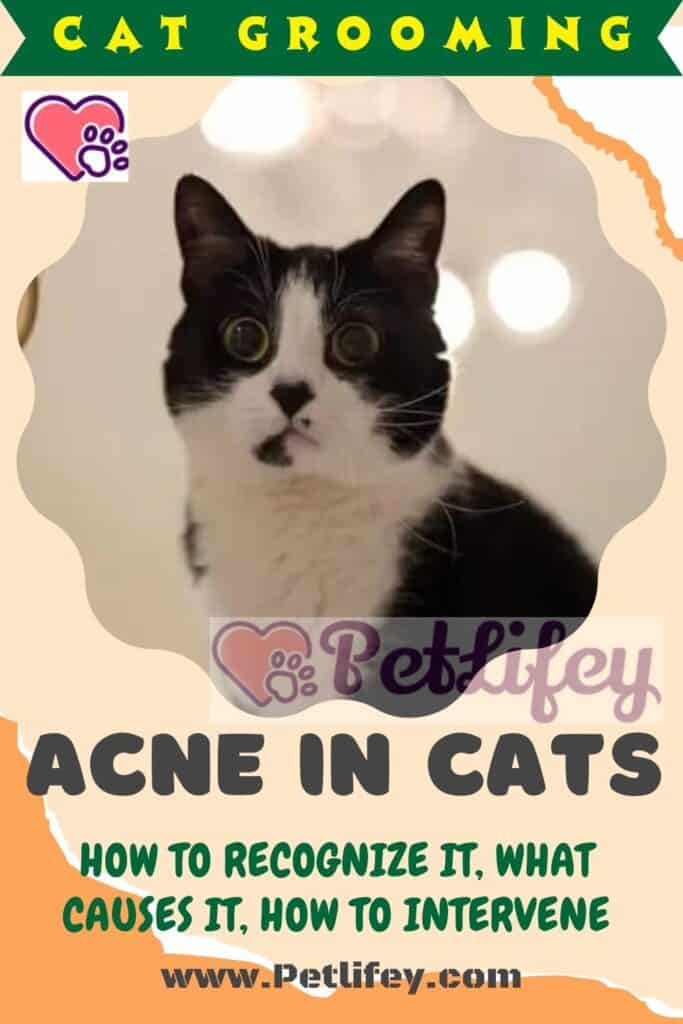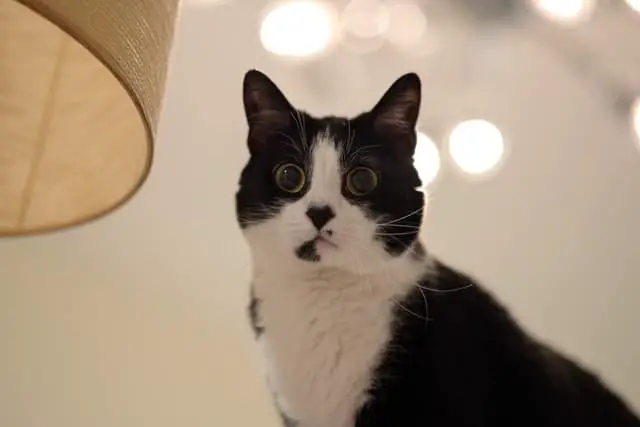
Pets can also suffer from acne. Acne in cats occurs in a similar way to humans. But how to recognize it and solve this problem?
Cats – like many pets – can also suffer from diseases similar to those of humans. One example is cat acne, which occurs in a similar way to humans, but does not have the same causes or solutions. We must pay attention to the reasons why there may be signs on the skin of our cat, and it is better to ask our trusted veterinarian for information before proceeding.
How to recognize acne in cats
Acne occurs in cats in a rather similar way to how it does in humans: with whiteheads and pimples. Usually, it occurs in the chin area, in fact it is also called “cat chin acne” for this reason. In severe cases it can also spread to the lips.
In some cases, this condition can be a sign of other bacterial infections in the cat’s body, including in other areas. Therefore, if we notice something unusual in our cat’s skin, it is always better to contact our veterinarian for a correct diagnosis, as we have already discussed in the past.
In any case, it is a non-lethal disease, but very annoying for the cat. Also, causing some itching, the cat may lick and scratch the affected area too frequently, making the situation worse.
The main signs we might notice are the following:
- Black and white points
- Redness of the skin
- Pustules with crusts
- Blisters on the skin
- Swelling in the area around the chin
Causes of Feline Acne
The specific reasons for feline acne are many, and it is always a bit complex to understand what the reason is in the individual cat. In any case, there may be reasons related to nutrition, hormones, depending on the theories . But these are not the only possible causes.
According to some theories, cats with longer hair may find it difficult to clean the area at the base of the hair, which would cause this obstruction during the normal life cycle of the hair.
There can also be environmental causes, such as allergens present in the environment in which the cat lives (even in the air). But there are even those who think that the plastic of the food bowls, in contact with the cat’s skin, could irritate it due to rubbing.
Beyond the causes, however, the effect with which acne develops in cats is that the hair follicles in a certain area remain blocked by sebum. Sebum is a whitish / yellow oily secretion. This is why pimples and whiteheads appear.
Even the keratin (the black pigment of the hair) could obstruct the follicle in the same way, preventing, after the normal growth and fall of the hair, the replacement with a new hair which however remains blocked due to the keratin “plug”. This follicle therefore appears swollen and with a black point at the tip: the so-called comedone.
How to intervene

The vet must first determine if the cat is actually suffering from acne in the area that seems problematic to us. This also serves to rule out any other skin conditions or other health disorders.
Afterwards, one of the first things that is done is to clean the affected area thoroughly, with an antiseptic cleaner designed for pets. Sometimes the vet can simply recommend a product to apply later, at home.
We must never use creams and cutlery suitable for human acne. These products often contain substances that are not suitable for pets, and could lead to even worse problems than feline acne.
Once disinfected, we need to enable the cat to heal on its own by clipping the area affected by acne so that it can breathe properly. The main problem is that the follicle “plug” falls off by itself over time, thus leaving a point from which bacteria can easily access.
Clipping the cat in the affected area will remove moisture, preventing the infection from growing. In any case, using the disinfectant recommended by our veterinarian over time (under his prescription) will keep the area clean and prevent bacteria from spreading.
The times are not always short, it takes patience and perseverance in repeating the therapy. It usually takes a few weeks to complete the course of treatment, with the daily (usually every evening) application of the disinfectant.






